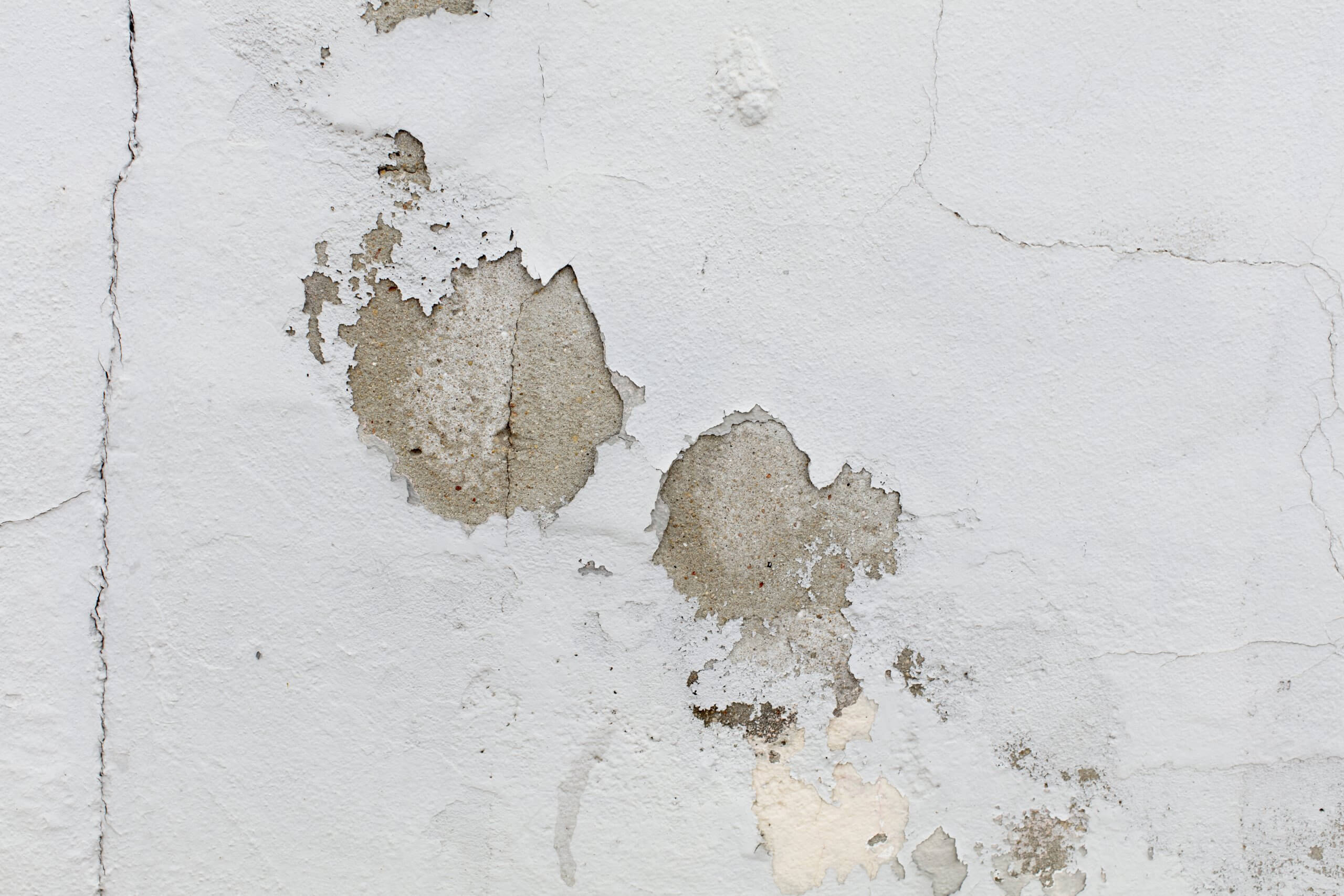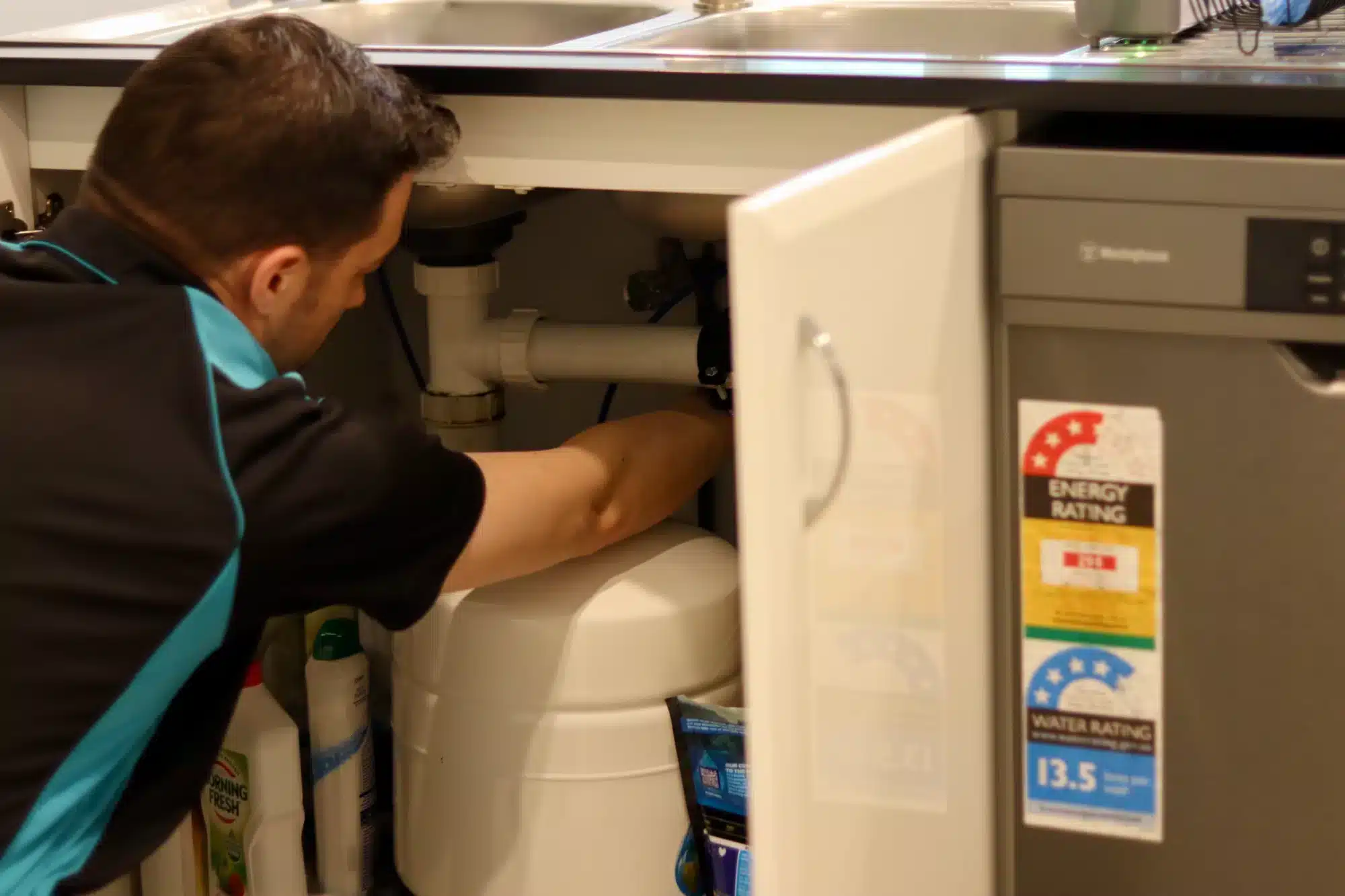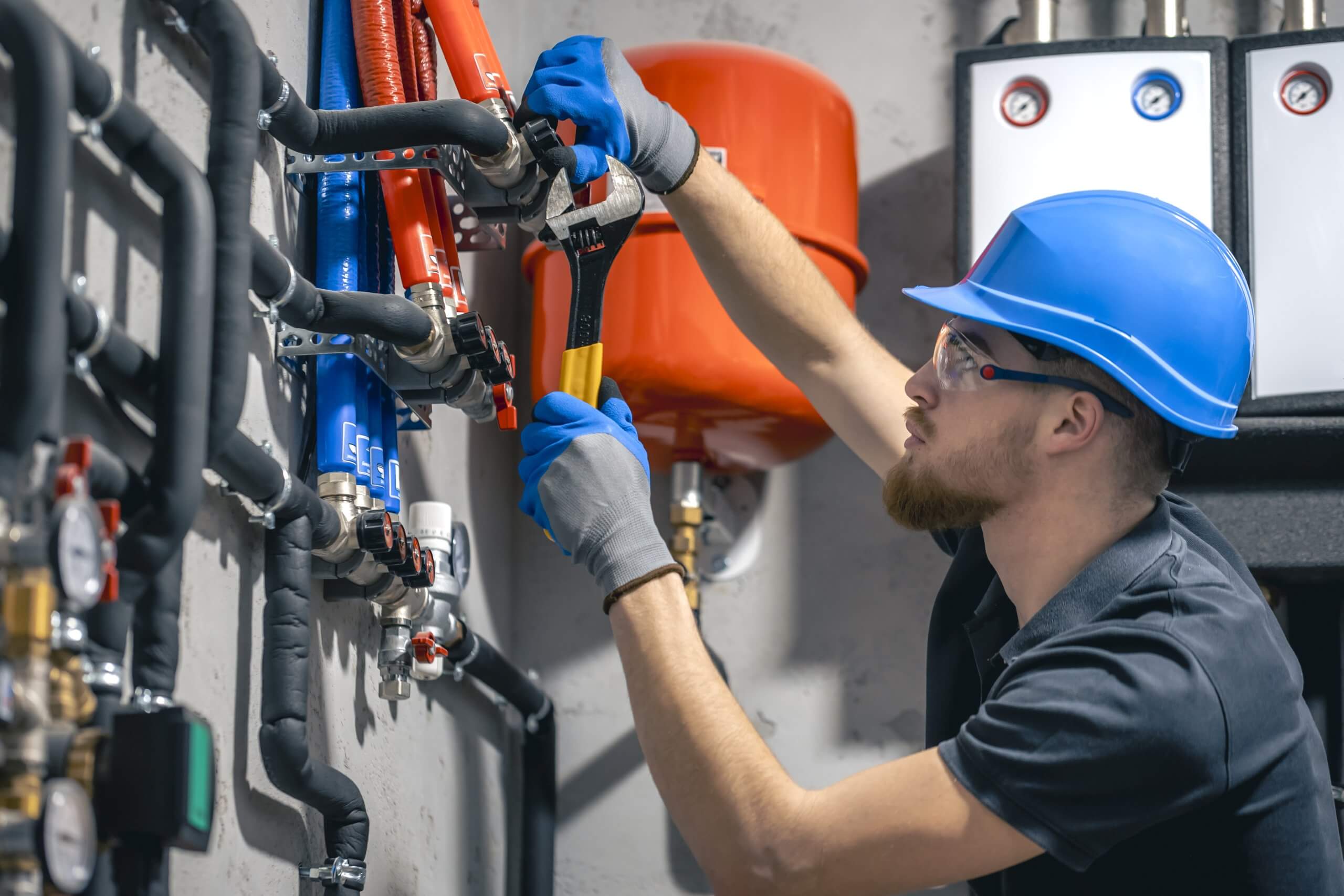Water leaks within walls are one of the most frustrating and potentially costly plumbing issues that Australian homeowners and business owners can face. Unlike a dripping tap or a leaking pipe under the sink, leaks hidden behind plasterboard or brickwork often go unnoticed—until significant damage has already occurred. This guide explores how to spot the early signs of a leak, what causes them, how to detect them, including monitoring your water meter, visiting your local hardware store for tools, and the steps you should take to minimise damage and fix the problem safely and efficiently.
Signs You Might Have a Water Leak in the Wall
Water leaks don’t always present themselves in obvious signs, particularly when hidden behind walls. Here are some common—and often overlooked—indicators, as well as visible signs, that there may be a hidden leak in your wall:
Peeling paint or bubbling wallpaper: Moisture trapped behind the wall can cause finishes to deteriorate, which can lead to unexpected readings on your water meter .
Unusual stains or discolouration can indicate a water leak in wall; dark spots or yellowish marks can suggest slow leaks soaking into plaster or timber, making it essential to detect moisture early .
A musty odor can develop when there are dripping sounds, or a musty or mouldy smell: Damp environments are breeding grounds for mould, even before it becomes visible.
Warped walls or skirting boards can indicate water damage; timber elements may swell, twist, or pull away from the wall.
Increased water bills can be monitored with your water meter; a sudden spike in usage with no explanation could signal a hidden leak, underscoring the need for water leak detection .
Audible dripping or hissing sounds can indicate issues within the plumbing system; especially in quiet environments, you might hear water movement inside the wall.
Common Causes of Wall Water Leaks
Understanding where wall leaks come from can help you better detect, prevent, and address them, allowing you to identify water leaks more efficiently . Common culprits within your plumbing system include faulty plumbing, poor installation, and aging pipes :
Damaged or worn-out plumbing pipes:
Old copper or PVC pipes can crack, corrode, or separate at joints, potentially leading to significant water damage .
Leaking shower recesses or bathroom fixtures:
Water can seep into surrounding walls over time, resulting in a leaking wall if not addressed promptly .
Roof leaks or gutter overflows:
Water ingress from above can travel through interior walls before surfacing.
Cracked external walls or poor sealing:
This leads to water stains; checking moisture levels is crucial since rainwater can enter through the façade if waterproofing fails.
Air conditioning units and split systems:
Improper drainage from indoor units may cause water to pool behind walls.
How to Detect a Water Leak in the Wall (DIY Methods)
Before calling a professional plumber, there are a few safe and simple things you can try at home to detect water leaks :
Check for dampness:
Run your hands over suspicious areas to feel for cool, damp patches.
Use tissue paper or paper towels:
Press these against the wall and see if moisture soaks through.
Shut off all taps and check your water metre:
If the metre continues to move, there’s likely a leak somewhere.
Use a moisture metre:
These inexpensive moisture detecting equipment devices measure water content in walls and timber.
Track any mould growth or stains:
Note whether they’re expanding or changing colour over time.
Tools and Technology Used for Leak Detection
Licensed plumbers with expertise in plumbing use advanced tools to pinpoint hidden leaks without tearing down walls unnecessarily:
Thermal imaging cameras:
Detect temperature changes caused by leaking water.
Acoustic listening devices:
Pick up the sound of water trickling or spraying inside the wall.
Borescopes (inspection cameras):
Small cameras inserted into a drilled hole for visual confirmation.
Tracer gases and dye tests:
Help locate exact points of leakage when water paths are unclear.
Moisture detection sensors:
Measure water concentration behind different types of wall materials.
Risks of Ignoring a Wall Leak
A minor leak can spiral into visible signs of a major issue if left unresolved. Here’s why swift action is crucial, especially if you notice a musty odor or changes in water pressure if you are in a moist environment:
Structural damage:
Prolonged exposure to moisture can weaken timber frames, plasterboard, and insulation.
Mould growth:
Apart from smelling unpleasant, mould poses health risks, especially to children and those with respiratory issues.
Higher utility bills:
Even a slow leak can waste hundreds of litres of water each week.
Electrical hazards:
Water leaks near wiring or outlets can increase the risk of short circuits or fire.
Decreased property value:
Water damage is a red flag during property inspections or resale.
What to Do If You Suspect a Leak
Taking proactive measures early can prevent costly repairs later and also help manage rising energy bills :
Turn off your water supply (if safe to do so).
Document the damage—take clear photos for insurance or repair professionals.
Avoid DIY wall demolition unless you have experience.
Use a moisture metre to gather evidence of dampness.
Call a licensed plumber with expertise in leak detection to assess and repair the issue.
Preventing Future Leaks
You can reduce the risk of water damage with a few preventative strategies, especially for high-risk areas like basement walls, and be aware of other signs of leak:
Regular plumbing inspections—especially for older homes.
Seal bathrooms and wet areas properly with quality waterproofing.
Clean your gutters and downpipes seasonally to prevent water overflow.
Monitor your water metre monthly to catch anomalies early.
Install a leak detection system for high-risk or remote areas of your property.
When to Call a Licensed Plumber in Australia
Some scenarios simply require professional intervention:
You notice visible mould or swelling walls.
There’s water pooling without an identifiable source.
Your water metre is moving with all taps turned off.
You’ve tried DIY checks without clear answers.
You’re unsure how to proceed without damaging the wall.
Remember: Always hire a plumber who is licensed and insured, and ensure their work complies with the Plumbing Code of Australia and local council regulations.
Frequently Asked Questions (FAQs)
What to do if water leaks through the wall?
Turn off your main water supply immediately, especially if you notice water dripping contain the water if possible, and contact a plumber as soon as possible to prevent further damage.
How to tell if water is leaking behind a wall?
Look for signs such as discoloured paint, musty smells, mildew growth or damp patches that may indicate a water leak inside, peeling paint or wallpaper or bubbling plaster. A moisture metre can also help detect hidden moisture.
Is water leaking from a wall an emergency?
Yes, especially if the source is unknown or if water is affecting electrical systems. It’s best to treat any internal leak as urgent.
How do plumbers fix leaks behind walls?
They may use thermal imaging or inspection cameras to locate the leak, then cut into the affected area minimally to access and repair the pipe or fixture.
How to trace a leak in a wall?
Plumbers often use infrared cameras, acoustic tools, dye testing, or thermal imaging to trace leaks with minimal disruption to the structure.
How do you pinpoint a water leak in the wall?
Using a combination of sound detection, visual signs, and moisture meters, leaks can be narrowed down to a specific spot for targeted repairs.
How to find a water leak inside a wall in Australia?
Start by checking for visible symptoms and monitoring your water metre. Then, contact a local plumber with leak detection technology.
How can I tell if water is leaking behind a wall?
If you notice musty smells, swollen skirting boards, paint damage, or signs of mold growth, it’s likely that moisture is trapped inside the wall cavity.
How do you tell if there are water pipes in the wall?
Plumbers use pipe locators or building plans. You can also gently tap the wall or look for signs like pipe covers or nearby fixtures.
What are the symptoms of water leakage?
Damp smells, unexpected increases in water bi water stains, clogged gutters mould, peeling paint, or signs of a water leak such as an unexplained rise in water bills are all possible symptoms of a hidden water leak.






